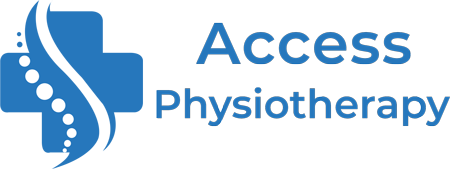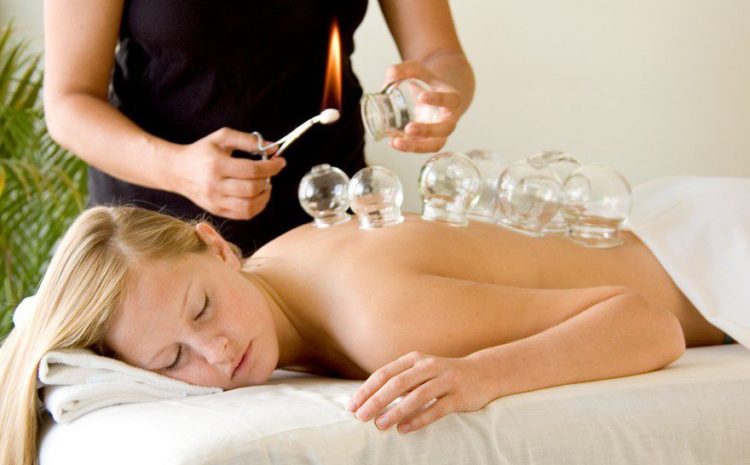Have you ever noticed small, circular bruises on the skin of your favorite Olympians or athletes?
Not caused by rough-housing or injury, these hematomas are the result of a process known as cupping. An alternative form of medicine, cupping therapy is designed to treat pain and ease muscles. But, does cupping therapy work?
How Does Cupping Therapy Work?
Before you add cupping therapy to your list of clinical practices, it’s best you learn a thing or two about this alternative form of medicine. The process involves placing glass cups on the patient’s body to create suction, offering both physical and spiritual benefits.
Physical benefits include increased blood flow, loosened muscles, relief of muscle pain and fatigue, reduced anxiety, and sedation of the nervous system. Some patients also find relief from migraines and even cellulite.
What to Expect During Cupping Therapy
Some patients are hesitant to try cupping because they don’t know what to expect. Will it hurt? Why does it leave marks and how long do they last?
The Methods
There are a few methods you can use to perform cupping on patients. These range from weak, medium, and strong cupping to techniques using fire, needles, and water.
The main goal of any method is to create suction between the glass cup and the patient’s skin. This suction pulls muscles gently upward, into the cup – the opposite of traditional massage which involves pushing down on the muscles to relieve tension and pressure.
One such method includes swabbing the bottom of the cup with rubbing alcohol, lighting it on fire, and immediately placing the cup against the skin. While this sounds dangerous (and potentially painful), it’s not. The flame is used to heat the area within the cup to create suction and never touches the skin.
The Sensation
Some people think cupping therapy sounds like patients describe the process as relaxing and pleasant.
Once the cups are in place, they remain there for approximately 10 minutes. Patients often feel instant relief as the cups help reduce muscle tension.
The Recovery
There’s no real recovery time for cupping therapy since the process itself is used for healing. Patients will, however, see mild bruising and marking on the skin. These bruises are often circular and the same diameter as the cup used.
How Cupping Therapy Benefits Patients
Are you still wondering if cupping is a viable therapy to offer clients? Here you’ll discover some of the many benefits your patients can expect from this healing practice.
Improved Athletic Performance
Similar to sports massage, chiropractic care, and acupuncture, cupping not only reduces pain and relieves muscle tension but may also improve athletic performance. Cupping is also said to help balance and focus the body’s energies, helping athletes perform at their best.
Treat Asthma and Respiratory Issues
Muscle tension and pain aren’t the only internal issues that cupping therapy treats. Cupping is commonly used to help patients suffering from asthma or other breathing issues, including lung infections.
Weight Loss and Gastrointestinal Health
Cupping therapy is also used to aid in weight loss by promoting a healthy gut. Some patients experience a more efficient metabolism, which promotes weight loss

